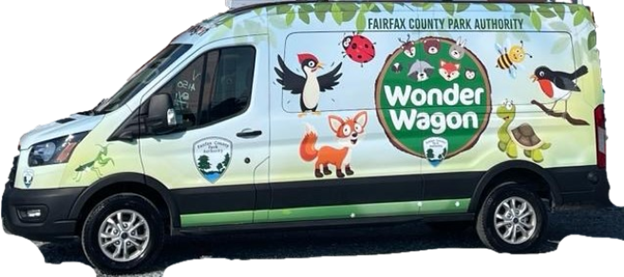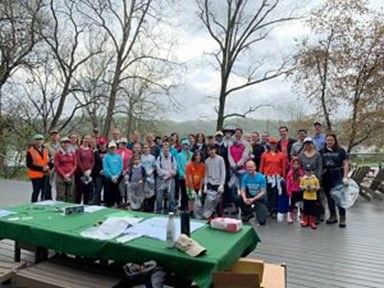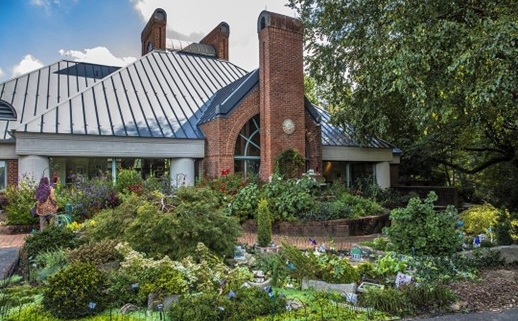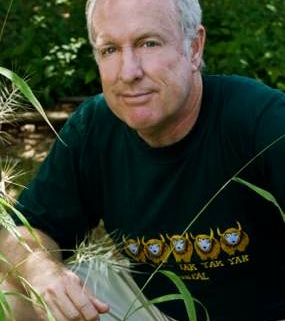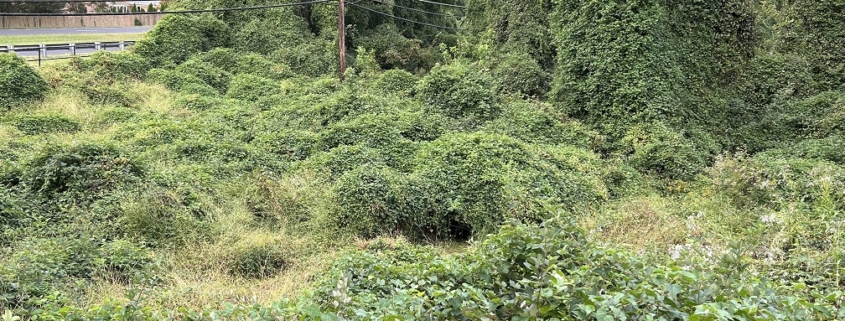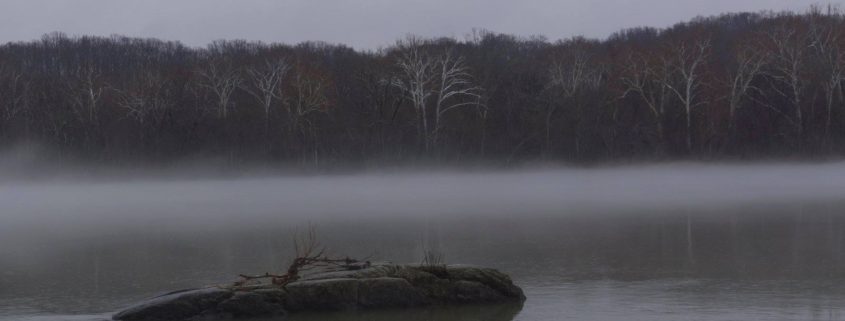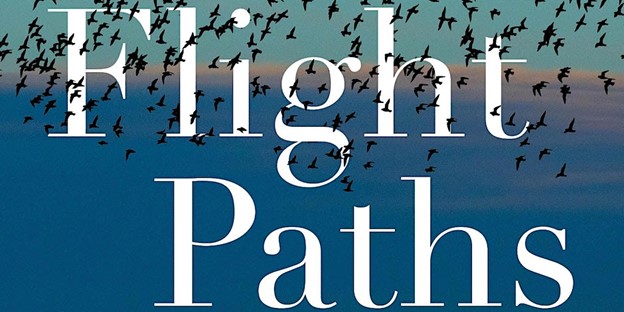Not just for Bluebirds, Langley Fork Park in Mclean is home to Black Vultures. The large hole cavity (in photograph center) is the entrance to their extended canopy nest.
Photos and article by FMN Stephen Tzikas
I have been monitoring the Bluebird trails at Langley Fork Park in McLean for the last 3 years. With my recent discovery of a large Black Vulture (Coragyps atratus) nest, I am almost beginning to believe this park is like a large laboratory to observe wildlife. The Bluebirds are a nice attraction, along with their Tree Swallow competitors, and the occasional Carolina Wren. The eBird website lists about 100 species of birds in Langley Fork Park. There are predators too – snakes and foxes, along with their prey. But my discovery of Black Vultures is something new indeed.
It happened one morning while I was performing maintenance on the Bluebird trails with a couple of my fellow monitors. At Bluebird Box 10, I saw several Black Vultures emerging from a hole in a thick brush pile thicket. In fact, it’s just not a pile, it’s an extended canopy. A whole flock of
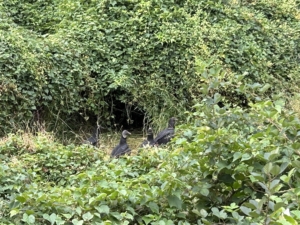
This entrance close-up shows the local personalities.
Black Vultures began emerging as the morning sun rose and warmed the air. It was about 9:00 o’clock. Then slowly, they flapped their wings and flew to the branches of some nearby tall trees, staying together as a flock. How convenient, as Georgetown Pike was in view, and I can only assume the vultures were hoping for some roadside kill breakfast. If they didn’t get a warm fresh road breakfast, the nearby dumpster might offer some left over ball park treats.
Indeed, the behavior I witnessed is all too similar to the internet
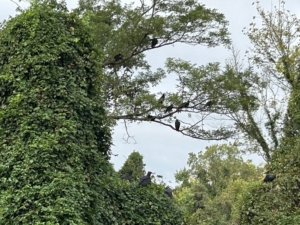
The extended flock in nearby trees.
commentary on Black Vultures. Black Vultures usually nest in dark cavities such as caves, hollow trees, abandoned buildings or brush piles and thicket habitats, such as those at Langley Fork Park.
I wasn’t too sure at first what I was witnessing. My colleague suggested they were Turkey Buzzards. A search for Turkey Buzzards also revealed Turkey Vultures. However, I could rule out Turkey Buzzards as they have red colored heads, which is the obvious difference to what emerged at Langley Fork Park with dark grey and black heads.


